Almost everyone you talk to about the Adelaide Festival Centre has a story of the iconic epicentre for the South Australian arts scene. As the centre celebrates turning 50, here are a few of the special tales.
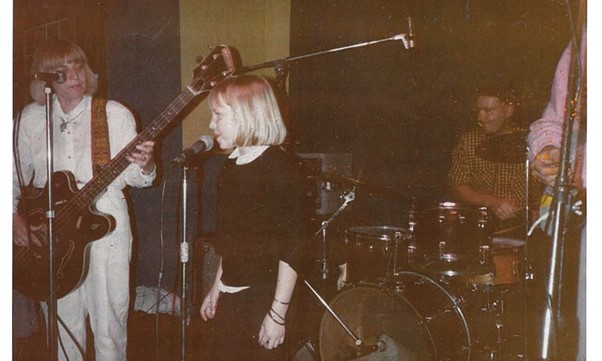
Loene Furler playing the bass while daughter Sia sings at club Limbo in the mid-1980s.
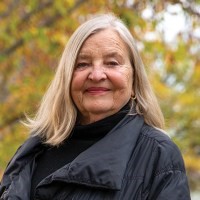
Loene Furler
Setting the scene
Loene Furler was standing in the open air of the Festival Centre Plaza listening to her daughter sing an original song and marvelling at the number of people gathered to watch this very special moment in time.
It was the early 1990s and while her daughter, Sia, would go on to become a worldwide superstar, in this moment, she was just an Adelaide girl with an extraordinary voice that could draw a crowd.
“I remember seeing Sia there one of the first times she played to quite a large group and you could’ve heard a pin drop and I thought, ‘Wow, she’s got whatever it is’,” Loene says.
To celebrate the Adelaide Festival Centre’s 50th anniversary and the rich music scene in Adelaide over those five decades, the centre curated Turn Up Your Radio, an exhibition of photographs sent in by music lovers earlier this year in August.
There are images from all across the state of moments captured at shows spanning countless genres of music and Loene is just one of those contributors.
As she tells the story, old photographs are spread out on her dining table, which once belonged to JJ Hackett from Mondo Rock.
Photo by photo, the images come together to build a picture of Loene’s life as a musician in the 1970s and the character of the music scene at the time.
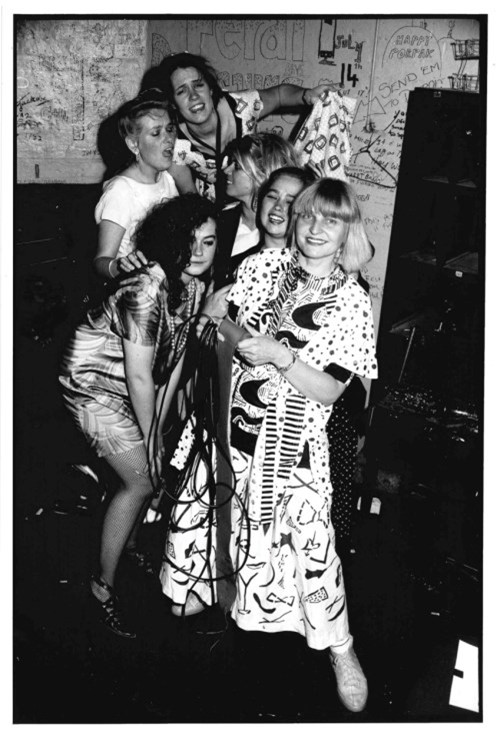
Loene (front) with band Ruby Red and the Chevrolets in the early ‘80s.
There are photos of her in her very first band, Ruby Red and the Chevrolets, a band she started at 30 years old with friend Sheree Goldsworthy when the two women – both partners of well-known musicians at the time – became sick of being the tag-along to shows.
“We women thought, ‘Why don’t we give it a go?’ A lot of women were singing in men’s bands, but not a lot were playing instruments,” Loene says.
Loene’s partner at the time, Phil Colson – Sia’s father – taught her to play bass guitar. She wrote most of the band’s songs herself and seeing how much fun they were having, Phil wanted to be part of the action.
“I told him if he wanted to come along, he’d have to dress as a girl. And he did – he didn’t want to miss out on anything.”
There’s another photo of Loene, this time in a red dress, performing in a band on a North Adelaide verandah. In that moment, with that angle, she looks every bit like her superstar daughter.
There are others of Sia on stage with her mother at nightclub Limbo. “Most bands wanted to play late but because we had children, we’d try to get the early slot so we could get home and relieve the babysitter.”
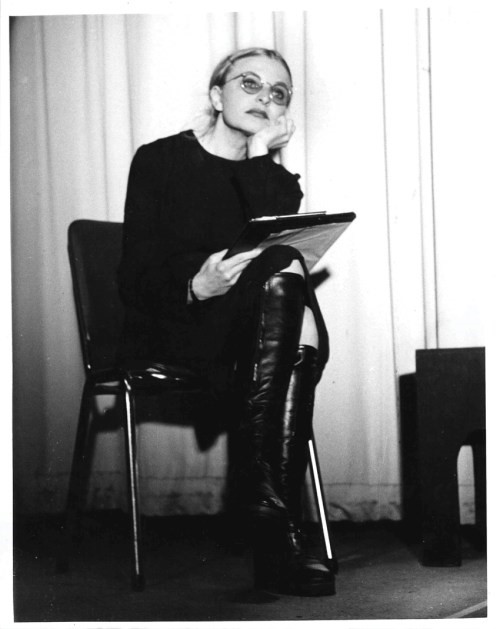
Loene in London performing a play in the 1970s before she returned to Adelaide and started playing in bands.
There would be rehearsals in her North Adelaide home and Sia was always amongst it. “I thought she was asleep in the room next door, but she’s since told me she used to practise her harmony when I was writing songs or I was rehearsing.”
There were a lot of other bands over the years, including The Silky Mitts (Loene played bass with a paper bag over her head), Subtonics, The Soda Jerx and Girls at Play – a play on words with Men at Work because she was friends with frontman Colin Hay.
The music and the lifestyle that came with it started to take its toll, especially paired with her work as an artist and art lecturer. “If we couldn’t get the early gig, we’d sometimes start at 1am, then I’d get home at maybe 3 and have to be at work at 8.30 that morning. I did that for about 10 years.
“One day, I thought, ‘I feel a bit weird, I’m getting tired’. I went to the doctor and she asked what I was doing and I went through it all and she said, ‘You’re doing too much’.”
Each show had started to blur into the next and it all becomes hazy, but Loene remembers she did play once at the Festival Centre and there was one thing that stood out most.
“It was loud!”
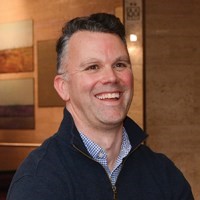
Cain Cooke
Strong foundation
Cain Cooke is a living case study into the importance of the arts in a child’s life and in his story, the Adelaide Festival Centre is the hero.
Cain’s life took a trajectory from modest upbringing to incredible business success and he credits so much of that to the theatre, which all began with his mum, Trish.
Growing up in the southern suburbs with his brother and single mum, Cain was introduced to the arts, basically from birth.
“I remember coming here, I remember going to things at The Institute at Port Noarlunga and what’s now the Hopgood Theatre,” Cain says.
“We spent a lot of time at the Art Gallery and then it was really Something on Saturday.
“We used to catch the train into the city with my granny and come in and do the crafts and see a show with a discounted ticket.”
Cain looks back in awe of his mother’s ability to instil such a rich love for the arts on a very limited budget.
Those early years turned into a lifelong love of watching the arts, as well as performing. Cain started theatre classes at four years old and was part of a youth theatre company into his 20s.
“I often talk about the theatre, whether it was Her Majesty’s or here at the Festival Centre or the local theatre, as being my real safe place as a kid.
“It was a place to escape, the place I felt most happy.”
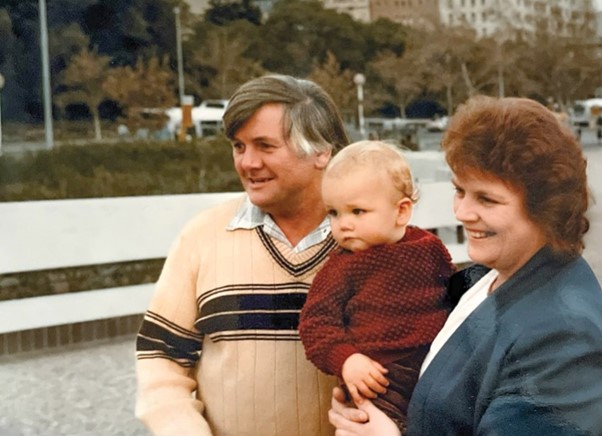
Cain Cooke’s love of the arts began practically from birth. He’s pictured with his grandparents at the Adelaide Festival Centre in 1984.
Cain says his teenage years were rather tumultuous in this family, with challenging times when the dynamic of his family changed.
“My theatre troupe and my theatre addiction were really my saving graces and grounding points.”
It may have been a sense of safety that theatre provided in Cain’s early years, but it kept on giving later in life.
“It was amazing for discovering who I was, discovering the world and discovering that what I had in my life, there was actually a different world outside of that, and that meant I could aspire for something more than what would maybe be assumed I would get from my upbringing.”
Cain’s confidence was strengthened on the stage and he credits that time with being able to move easily into the corporate world.
“At 19, I started a business by accident and moved up in the business ranks quickly and that’s because I would back myself, I could think on my feet, I could publicly speak, I could use the power of story to bring a group of people with me. All of those things came from theatre.”
Cain’s meteoric corporate rise saw him working for several brands in South Australia and interstate, including Century 21 and Boost Juice.
“I think that’s part of the power of theatre, whether you’re a performer or an audience member, it helps you understand people in a different way and on a different level.”
While he was working for Specsavers they were looking at sponsoring the Adelaide Cabaret Festival, so he’d been attending Adelaide Festival Centre Foundation dinners and fundraisers.
When Cain was named in InDaily’s inaugural 40 Under 40 in 2018 as then-general manager of CIBO, he received a congratulatory call from Robyn Brown from the Foundation.
She suggested Cain join the board and when he did a few months later, he was one of the youngest at just 34.
“What I realised was that the quantum of the gift that I could give wasn’t going to match some of them or some of our big donors, but what I could do was bring different people to the table, start fostering a new generation and use my story to connect that money with outcome.
“The Foundation does a lot of things for me, but the thing that really resonates is the ability to give opportunity to kids like little Cain.
“It’s not about whether they like it or not, it’s just the opportunity to go and do something and have an experience that means their world might be a little broader or brighter.”
One of the things Cain is most proud of is being able to give children these opportunities through Equity Tix, which gives schools access to cheap tickets.
Cain says there are many points in his life that anchor back to the Festival Centre and that addiction to the spine tingle when the curtain raises.
“An electric bolt just goes up from the bottom of your feet to the top of your head.”
Cain says he often speaks to the Festival Centre’s CEO and artistic director, Douglas Gautier, about how he sees the building as the people’s house. “It’s for the people of South Australia. I know other people often see it as quite an intimidating building. I probably see it the way I do because I was exposed so early and it was a warm, happy place for me.”
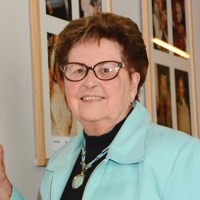
Heather Blewett
Capturing an icon
Hanging on Heather Blewett’s wall at home is a signed letter from Barry Humphries, extolling the 88-year-old’s talents as a photographer.
When actors from all around the country would perform at the Adelaide Festival Centre, they would ask for Heather, some arriving with a recommendation from Bert Newton.
Her photo album spanning more than two decades of the arts in South Australia, is a who’s who of not only Australian talent, but huge names from overseas.
Heather spent much of her career at the Adelaide Festival Centre behind the camera, capturing usually unseen moments backstage, although she never intended for it to be that way, joining the centre as an usher.
It was 1976 and Heather had not long ago received the news that rocked her world – The Vogue Theatre at Kingswood had been sold to a church and her services as an usher and in the box office were no longer required.
She’d been working in theatres around Adelaide since she was 17 and was devastated to learn that that would all be coming to an end.
Then, at nearly 40, she received a call from the Festival Centre. “I came in thinking I was going to be interviewed and they said they were taking me down to get my uniform,” Heather says.
Three years after the Centre opened, Heather started her 24-year stint there and loved every single day.
“We used to have staff concerts and we’d perform on the stage and our friends would come and watch us.
“We’d have races on the river in the paddle boats and the managing director at the time, Tim McFarlane, would cook the barbecue.”
Heather soon began working on the stage door and that’s where she was one New Year’s Eve when Guys and Dolls was showing and Sammy Davis Jr was in the audience. When he went backstage to meet the cast, actor Anthony Warlow asked Heather to take his photo with Sammy, so down she went with her camera in hand.
“The green room was packed with staff and everybody wanting to see Sammy, so I said to the company manager I could take a photo of Sammy with the cast. We had the photo blown up and put in the green room and everyone in the cast wanted a copy.
“That’s how it all started and from then, I took everybody’s photo.”
When Cats came to town in 1989, Heather took rolls and rolls of photos – she paid for everything herself as she wasn’t employed as a photographer and it cost her a small fortune, but she covered costs by charging a dollar or two for the photos.
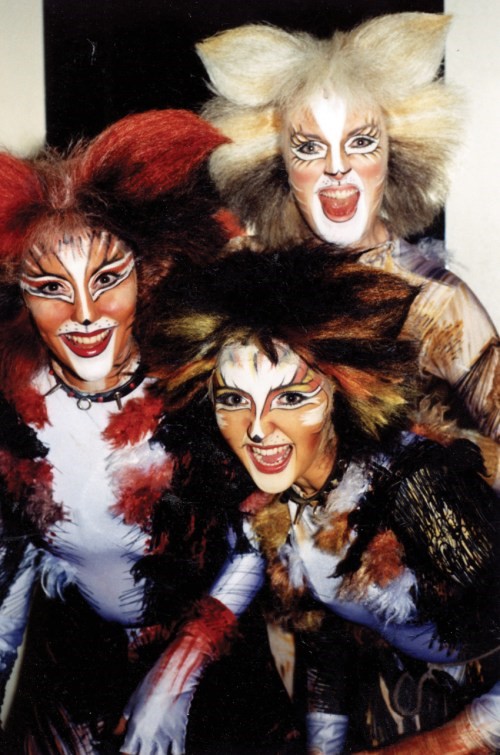
Cast of Cats.
“In fact, I still get phone calls from different people wanting to know if I’ve got a photo they can get.”
She’d come in on her nights off, not wanting to miss a moment of the action. “When I retired, they said I had enough sick leave to pay for two major operations. I think I took one sick day the whole time.
“I couldn’t believe the luck I had working here. I just loved it.”
One of Heather’s most successful photographs was of Barry Humphries’ alter ego, Dame Edna Everage, which ended up on the cover of a book.
Heather’s work has been praised highly by Humphries and in that letter hanging in her home, he asks for permission to use one of Heather’s images as a fan photograph.
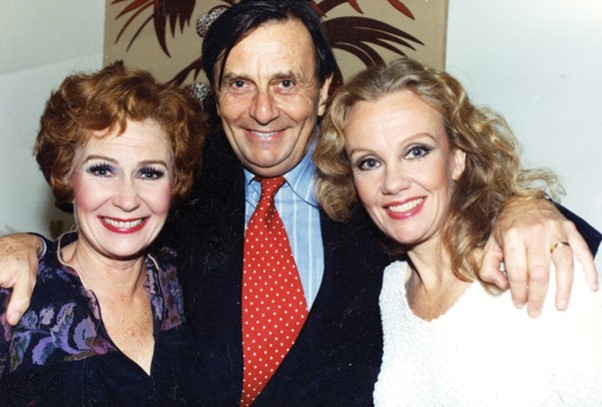
Received glowing praise from Barry Humphries, pictured with actors Juliet Mills and Hayley Mills.
“I have been photographed in various guises, and over many years, by photographers from Cecil Beaton to Lord Snowdon and Annie Liebowitz, not to mention Lewis Morley. So I viewed the theatrical portraits of Heather Blewett with a highly critical eye.
“I noticed them first back-stage at the Adelaide Festival Centre and they seemed to me quite the most brilliant portraits I had seen of actors and actresses, British, American and Australian, whom I had known.
“Heather is completely unlike the usual arts photographer. She works quickly, unpretentiously, and the results are astonishing.”
Heather says she was shocked to read it. “The letter – it’s worth more than money.”
One of Heather’s favourite performers is Simon Gallaher, who gave Heather’s mother one of her most special memories.
“On my mother’s 92nd birthday, I brought her in to see Morning Melodies with Simon and halfway through, he said, ‘There’s a lady in the audience and her mother is 92 today and this lady was the first person I met when I came to the Festival Theatre and she’s been a great friend of mine.’
“He walked down, sat next to mum and sang You’ll Never Know (Just How Much I Love You). She died two years later and that’s all she talked about. I’m indebted to Simon Gallaher for the rest of my life.”
Over the years, Heather took many portraits of Bert Newton and his family and each time a performer would go on his morning show ahead of an Adelaide performance, he’d tell them to say hello to Heather for him and to get their photograph taken.
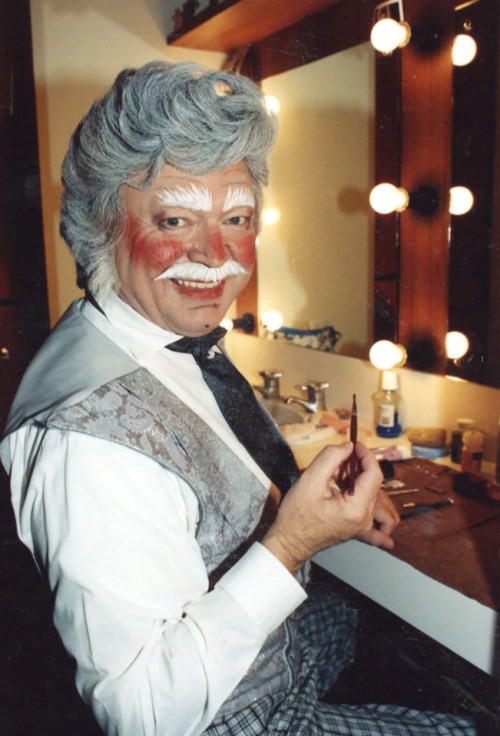
Heather Blewett has photographed an extraordinary number of famous faces backstage at the Adelaide Festival Centre, including Bert Newton.
Heather never had any formal training and says she was never good with the technical side of things – her strengths were in opportunity and access.
“I was asked to talk to a camera club and I said, ‘Don’t ask me anything about cameras, but I can tell you how to take a good photo.’”
So, what’s the secret? “Take it when they’re relaxed.”
This article first appeared in the July 2023 issue of SALIFE magazine.
Words: Zoe Rice


